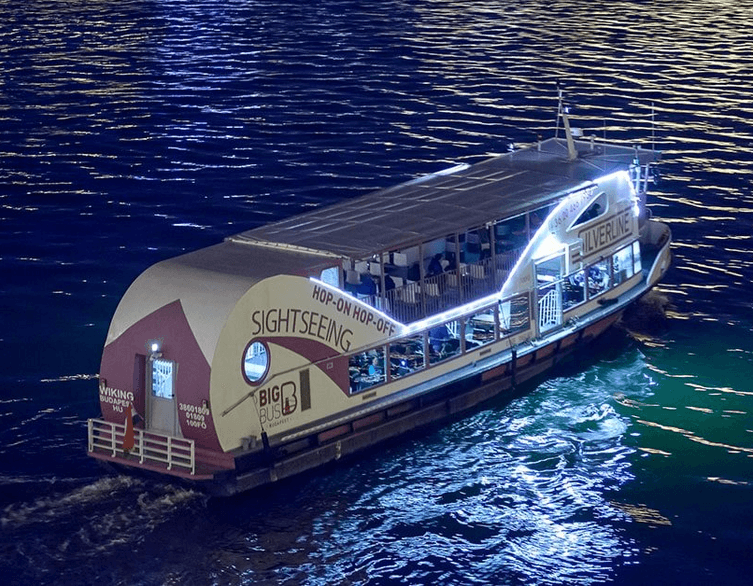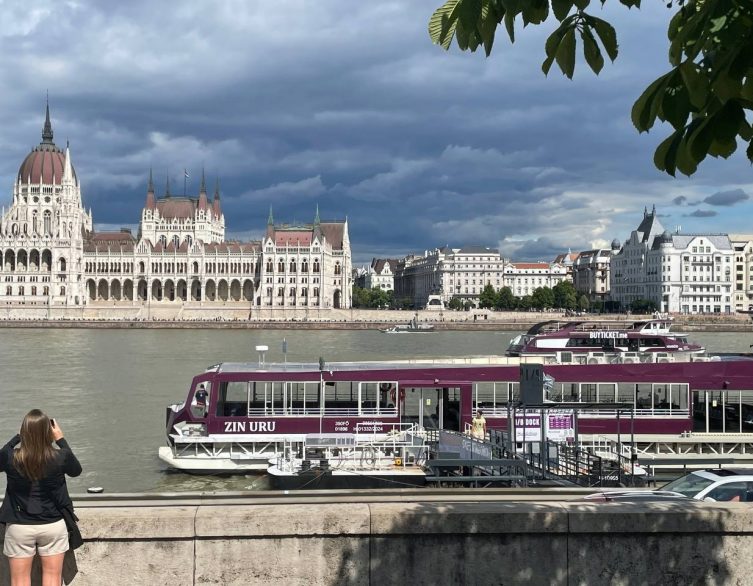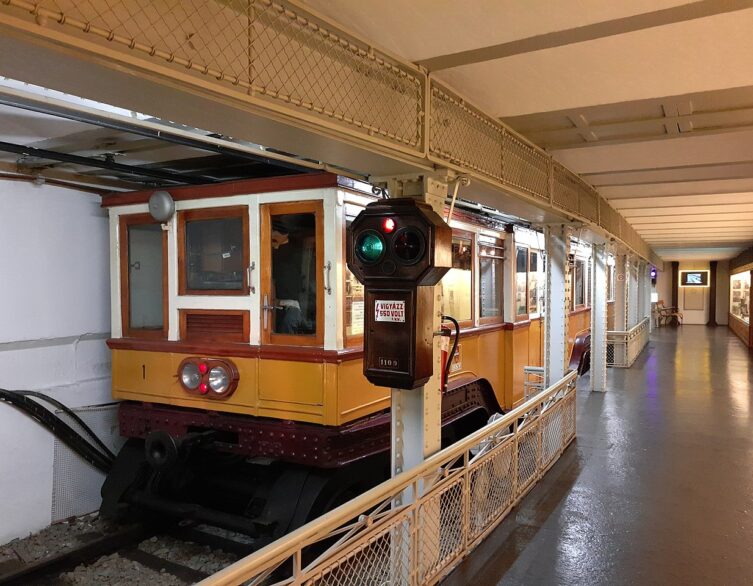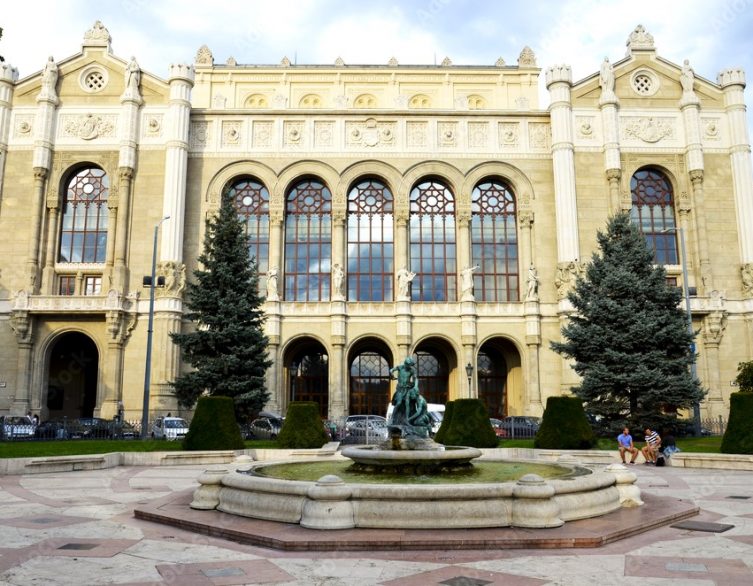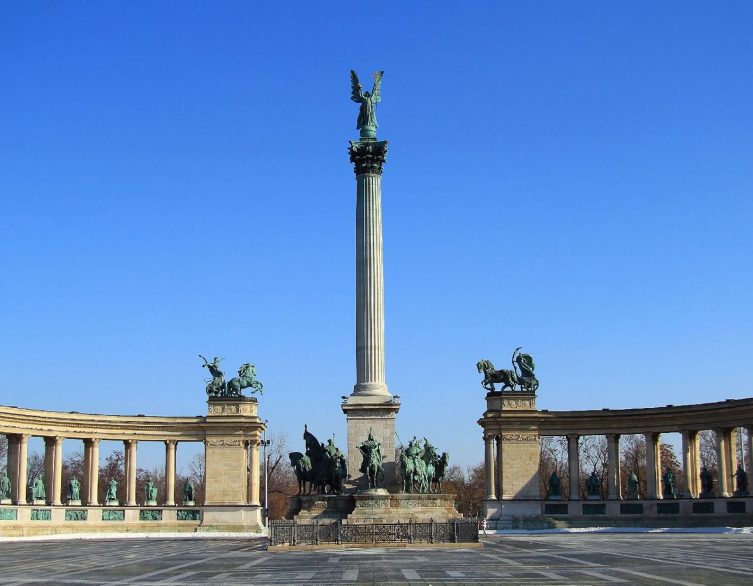Budapest’s M1 Metro Line: A Timeless Icon on the Brink of Transformation
The Millenniumi Földalatti Vasút, or M1 metro line, is not just a transit system but a living piece of history that reflects Budapest’s remarkable journey through time. Opened in 1896, it holds the distinction of being the first electrified underground railway in continental Europe, a groundbreaking achievement that placed Budapest at the forefront of urban innovation. Known affectionately as the “Kisföldalatti” (Small Underground), this metro line has served as both a practical mode of transportation and a cultural landmark for nearly 130 years. However, as it approaches this milestone anniversary, the M1 faces significant challenges from aging infrastructure and vehicles. With ambitious renovation and expansion plans on the horizon, Budapest is preparing to safeguard this historic treasure while modernizing it to meet contemporary needs.
The Birth of the Millenniumi Földalatti Vasút
The M1 metro line was inaugurated as part of Hungary’s 1,000-year anniversary celebrations in 1896. At the time, Budapest was undergoing rapid urban development and needed an innovative transportation solution to connect its bustling city center with Városliget (City Park), where the millennial exhibition was held. The project aimed to alleviate surface congestion along Andrássy Avenue while showcasing Budapest as a progressive European capital.
Construction began in 1894 under Siemens & Halske, a German company renowned for its expertise in electrical engineering. Despite the technological limitations of the era, the project was completed in just two years—an extraordinary feat that demonstrated both ambition and ingenuity. The shallow tunnels were carefully designed to avoid disrupting Andrássy Avenue’s iconic streetscape above.
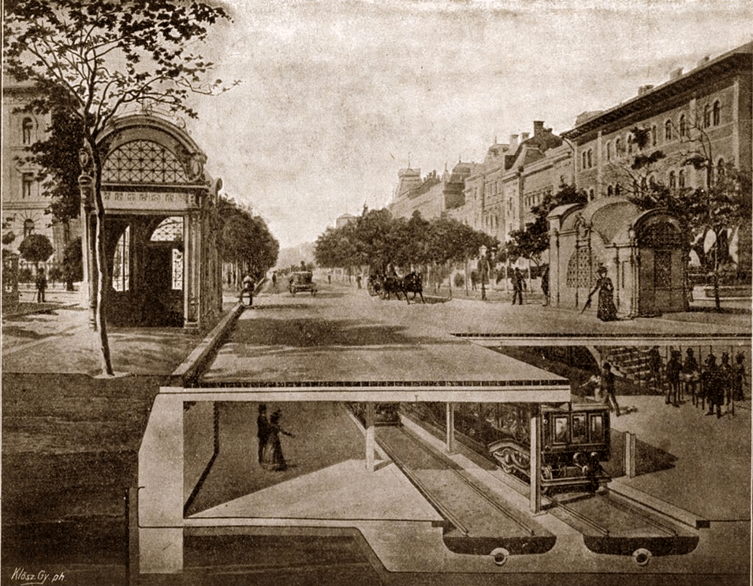
Image source: Budapest City Archives
When it opened on May 2, 1896, the M1 stretched from Gizella tér (now Vörösmarty tér) to Állatkert (Zoo), offering an efficient 10-minute journey through eight stations. Emperor Franz Joseph I himself praised its design and efficiency during its inauguration.
A Technological Marvel of Its Time
The M1 was revolutionary in many ways. It was the first underground railway in continental Europe powered by electricity, setting a precedent for future metro systems worldwide. The trains were compact and specially designed to navigate tunnels only 2–3 meters below ground level. Stations were adorned with Zsolnay ceramics and wrought iron details, blending functionality with artistic elegance.
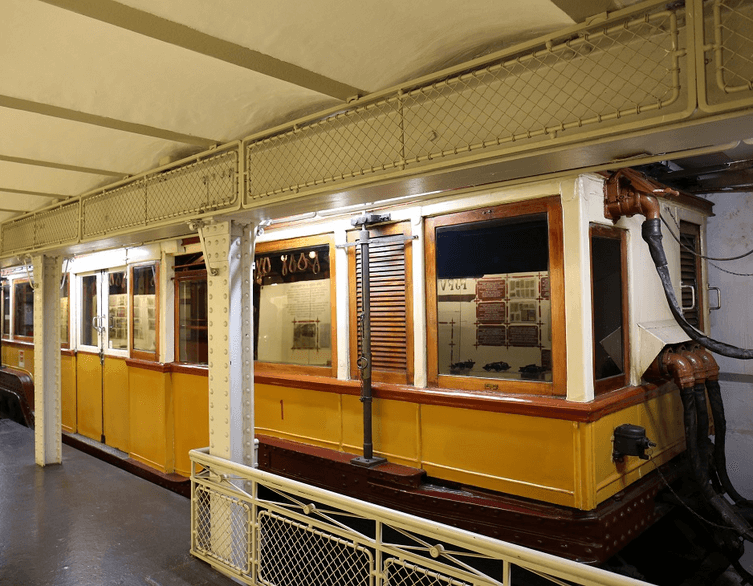
Image source: Millennium Underground Museum
The railway introduced several innovations to urban mass transit, including electric lighting in stations and train cars, bi-directional vehicles, and an overhead wire system for power supply—features that were groundbreaking at the time. These technological advancements earned international acclaim when the M1 won a Grand Prix at the 1900 Paris World Exposition.
Best deals of Budapest
Challenges During Construction
Building an underground railway in the late 19th century posed significant challenges. The sandy soil beneath Budapest required constant reinforcement to prevent collapses during excavation. Engineers also had to ensure that electrical systems functioned reliably despite limited tunnel height. Moreover, preserving Andrássy Avenue’s aesthetic and functional integrity was paramount; engineers devised methods to maintain surface traffic while digging below—a logistical triumph that showcased their expertise.
Cultural Significance and UNESCO Recognition
Over time, the M1 became a symbol of Budapest’s modernization and cultural sophistication. In 2002, UNESCO recognized it as part of Budapest’s World Heritage site alongside Andrássy Avenue, cementing its status as a cultural treasure. Today, visitors can explore its rich history at the Underground Railway Museum at Deák Ferenc tér station, which houses original train cars and archival documents detailing its development.
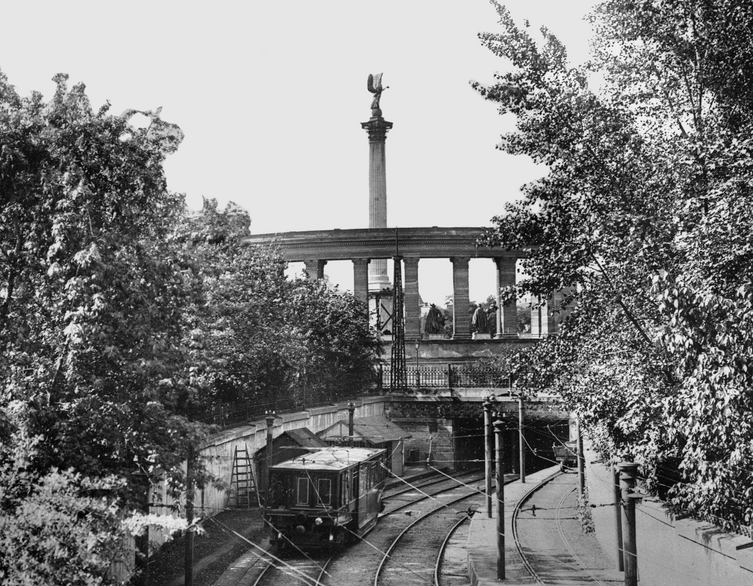
Image source: Fortepan
A System Under Pressure: The Urgency of Renovation
Despite its historical significance, maintaining and upgrading the M1 has become increasingly urgent due to aging infrastructure and vehicles. The current fleet of train cars, introduced in 1973, is nearing 60 years old—well beyond their intended lifespan. While these trains remain operational under existing permits, their condition poses growing safety risks and operational challenges. Without immediate action, the line’s ability to serve its daily ridership of tens of thousands could be compromised.
Budapest Mayor Gergely Karácsony has highlighted these concerns, noting that preliminary type approvals for new vehicles will expire by May 20, 2025. Replacing these outdated trains is not just a matter of convenience but a pressing safety concern.
The Complex Process of Fleet Replacement
Replacing the M1’s train cars involves extensive planning, design, and approval processes that are expected to take at least four to five years. If procurement tenders are issued by 2025 as planned, new trains could enter service by 2029 or 2030 at the earliest.
Each new train car will be custom-designed to fit the narrow tunnels of the M1 line and is estimated to cost HUF 1.9 billion (€4.76 million). A total of 22 vehicles are needed for current operations at an estimated cost of HUF 45.4 billion (€113 million). Additional trains may be required for planned extensions.
The new trains will feature modern amenities such as air conditioning, increased capacity, quieter operation, and improved energy efficiency—all designed to enhance passenger comfort while preserving compatibility with historical infrastructure.
Balancing Heritage with Modernization
As a UNESCO World Heritage site, any changes to the M1 must carefully balance modernization with preservation. Renovation plans emphasize retaining architectural features such as Zsolnay tiles and wrought iron details while integrating state-of-the-art technology.
Accessibility improvements are also central to modernization efforts. Many stations currently lack facilities for passengers with reduced mobility—a significant shortcoming in today’s public transportation systems. Planned upgrades include installing elevators and ramps at key locations along the line.
Energy efficiency is another priority: replacing outdated escalators with modern models could reduce electricity consumption by up to 42%, saving between HUF 60–90 million (€150–225k) annually in energy costs.
Expansion Plans: Extending Connectivity
Beyond refurbishment efforts, ambitious plans are underway to extend the M1 metro line both eastward and westward. On its eastern end, proposals include extending the line to Kassai tér near Budapest’s outer ring road and developing Park & Ride facilities for suburban commuters arriving via major highways like the M3.
On its western end, discussions focus on extending the line toward Vigadó tér in downtown Budapest—a move that would improve connectivity within the city center while enhancing access to cultural landmarks along the Danube River.
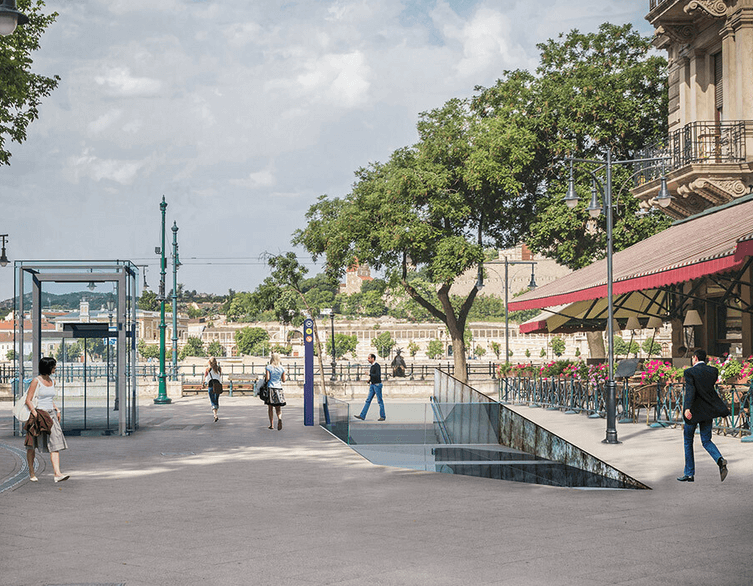
Image source: BKK
Additionally, integrating the M1 with Budapest’s outer railway network at Rákosrendező station is under consideration. This would create new transfer opportunities between metro services and suburban rail lines.
Cultural Significance: A Global Icon
The M1 continues to attract international acclaim for its unique blend of nostalgia and functionality. In addition to its historical accolades—including recognition from CNN as one of “The World’s Best Metros”—it remains an integral part of Budapest’s identity.
Known locally as “Kisföldalatti,” this historic line carries around 80,000 riders daily while offering tourists an immersive journey into Hungarian history and urban life.
Conclusion: Preserving History While Moving Forward
Budapest’s M1 metro line stands at a crossroads between its storied past and an ambitious future. As one of Europe’s oldest underground railways still in operation, it embodies both historical significance and modern challenges.
The planned renovations aim not only to address critical safety concerns but also to enhance passenger experience through cutting-edge technology and expanded connectivity—all while preserving its unique historical character.
For visitors exploring Budapest today or decades from now, riding on Kisföldalatti will remain an unforgettable journey through time—a testament to Hungary’s ability to honor its heritage while embracing progress. With effective collaboration between local authorities and international partners, this iconic metro line is set to continue serving as both a functional transit system and a symbol of Budapest’s enduring spirit.
















